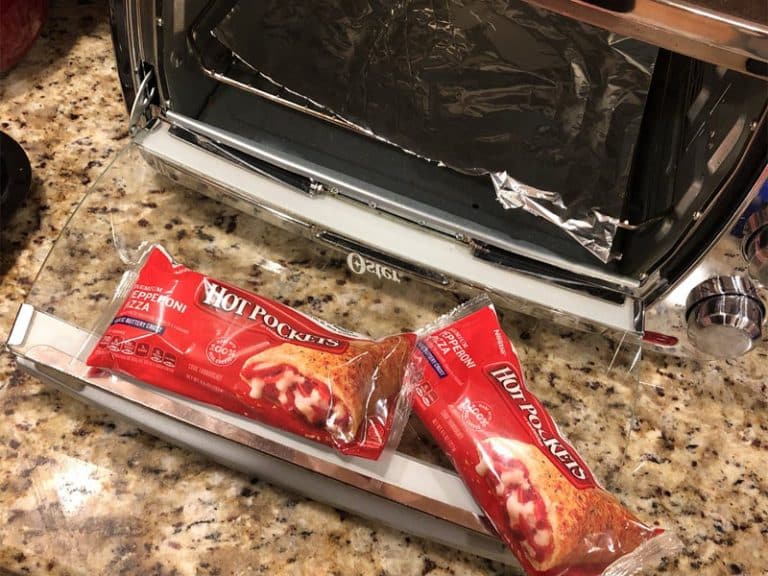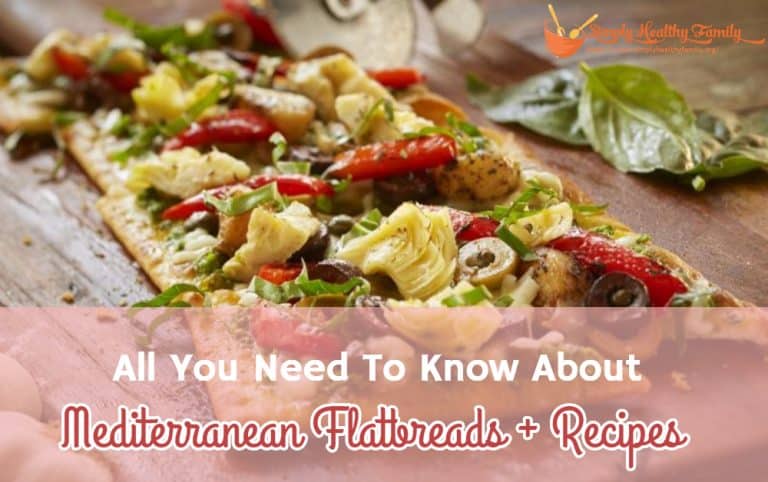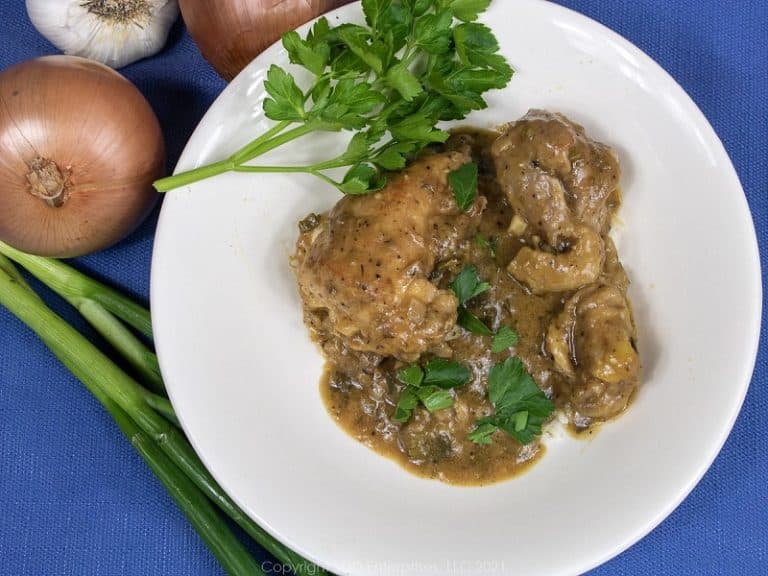How to Cook the Perfect Lentils in a Rice Cooker
Lentils in a rice cooker? Hmm? Isn’t a rice cooker called a rice cooker because it…cooks… rice?
Well, it does of course, but here’s the great thing about rice cookers – it’s not the only thing you can cook in it. After all, saucepans aren’t just for the sauce. And waffle makers aren’t just for waffles. Oh, wait they are pretty much just for waffles, but you get it.
Rice Cookers Change Your World
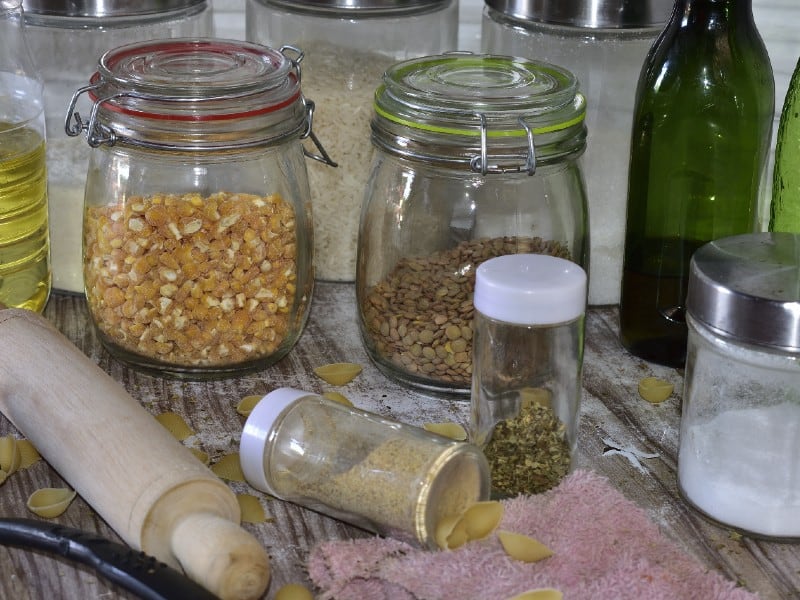
Rice cookers have made life so much easier. Gone are the days of watching rice in a saucepan (sorry, pan), constantly trying to balance the temperature in the sweet spot between boiling over and… just not boiling at all.
And getting the water quantity right and the lid in the right spot. And then cleaning up the gooey mess on the hob because you didn’t quite get it right.
With a rice cooker, all you have to do is measure the rice, measure the water, put it in the rice cooker, and set the timer. And then serve up perfect rice, every time.
Game changer
Well, exactly the same game can be changed with lentils too by cooking it in a rice cooker instead of in a pan on the hob. No more messy boiling over, or irritating cleanup. No more constant watching and balancing.
Just as easily as with the rice you can put the lentils and water in the rice cooker, generally 2 cups of water to 1 cup of lentils, and let it work its magic. For perfect lentils every time.
Lentils Have Broken Out
Lentils used to be seen as somewhat of a niche food. It had a reputation of being exclusively something vegans and hippies ate, man. But lentils are so much more mainstream now – now that everyone has cottoned on to how delicious the flavor of lentils is, how versatile they are, and how amazingly healthy and nutritious they are.
Oh, and they’re pretty cheap too. And because they’re dried they last for ages in your store cupboard. So many wins from one little pulse. Or if you prefer, a legume. They are known by both, a pulse and a legume.
Learning opportunity – A legume is a type of plant, incidentally a member of the pea family. Its fruits or seeds are also called legumes. Those same seeds when dried are called ….pulses.
Or maybe they’re called pulses because they are good for your heart.
Health Powerhouse
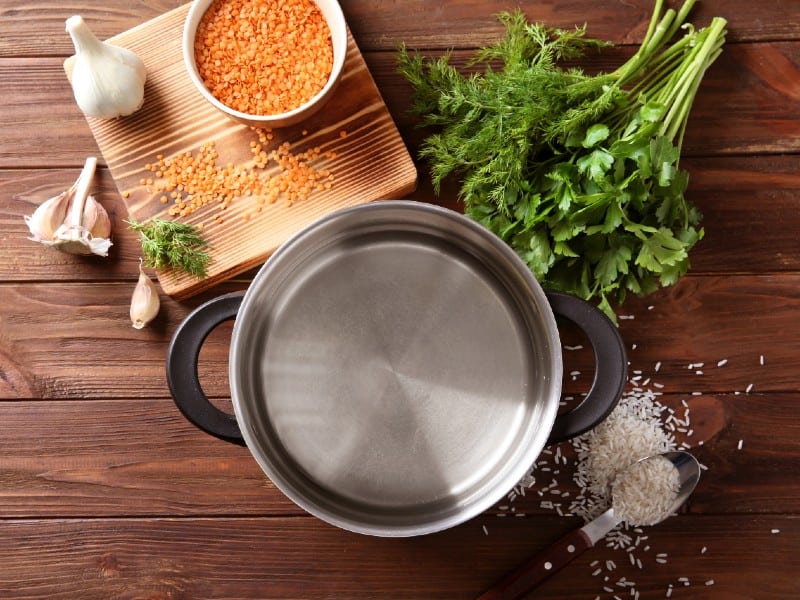
Lentils are super, super healthy and are packed with goodness. Are you ready for a long list of what’s crammed into these tiny little gems? More like a power cabin or shed I suppose.
Protein – hopefully, most of us know by now that lentils are a good source of protein and why they are used so much as a substitute for meat. A cup is around 20g of protein. But don’t just eat lentils as an alternative to meat. Eat lentils because they’re yummy.
High in fiber – A cup of green lentils gives you around two-thirds of your daily fiber intake. Great for those of us that eat little or no bread. It’s a good way to still get fiber in your diet which is great for your gut and your overall health.
Gluten-free – Yep.
Low GI – Definitely. Lentils are only a little over 20 on Glycemic Index (GI) so great for diabetics. Compare that to bread in the 70s, and rice and potato around 90!
Fat – You can almost forget that because lentils have virtually no fat. We’re talking less than 1%. And no cholesterol. That’s obviously not taking account of what you may add to them while cooking!
Low cal – A cup is only around 250-300 calories.
Potassium – 500 mg a cup. Helps lower blood pressure. Not just by reading the list of benefits.
Iron – Around a quarter of your daily iron requirement is in 1 cup of lentils.
Folates – One of the highest folate providers. Folates help support the formation of red blood cells. Particularly important in pregnancy to increase blood volume. A cup has about 25% of a normal daily need.
Manganese – Helps maintain blood sugar levels and protects against free radicals.
Polyphenols – For antioxidant and anti-inflammatory effects.
There’s more – Thiamine, Niacin, Zinc, Vitamin B6, Magnesium, and more ranging from 10-40% per cup of your recommended daily amount.
Lentils really are an incredible food and probably still underrated. And now that you can cook lentils in a rice cooker they are even more appealing.
A Rainbow Of Lentils
There are so many different varieties of lentils to choose from, to change the taste and texture of your food.
They are generally known by their color so here’s a quick rundown:
Green lentils
- Normally whole and so they’re more robust.
- Taste – earthy and peppery.
- Need more time to cook.
- The Puy lentil from France is a type of brown lentil, grown exclusively in Le Puy, France.
- Good for salads.
Brown lentils
- Similar to green lentils, whole and robust
- Taste – earthy.
- Longer cooking time.
- Good in soups and stews.
Black lentils
- Small, black, rounded.
- Extremely versatile.
- Great as a side to dishes like a lovely robust fish.
- Also known as Beluga lentils as they resemble caviar.
Red lentils
- More orange colored than red.
- Split lentils with no skin so no soaking needed.
- Taste – mild, nutty, almost sweet.
- The easy cook lentils.
- Will cook into a creamy texture so they’re good for sauce-type dishes.
- Curries, say no more.
Yellow lentils
- Similar to red lentils in taste and texture.
- Sometimes confused with yellow split peas which are a similar legume but more rounded, then split.
- Most well known to make dal ( AKA daal, dahl). I LOVE dal. Just saying.
*In India ‘dal’ is the name given to a pulse that does not need soaking before cooking, so most lentils are ‘dal’. Dal is also the name given to the Indian dish of cooked dal.
So a legume is the seed of a legume. And dal is made from cooked dal.
Here’s The How
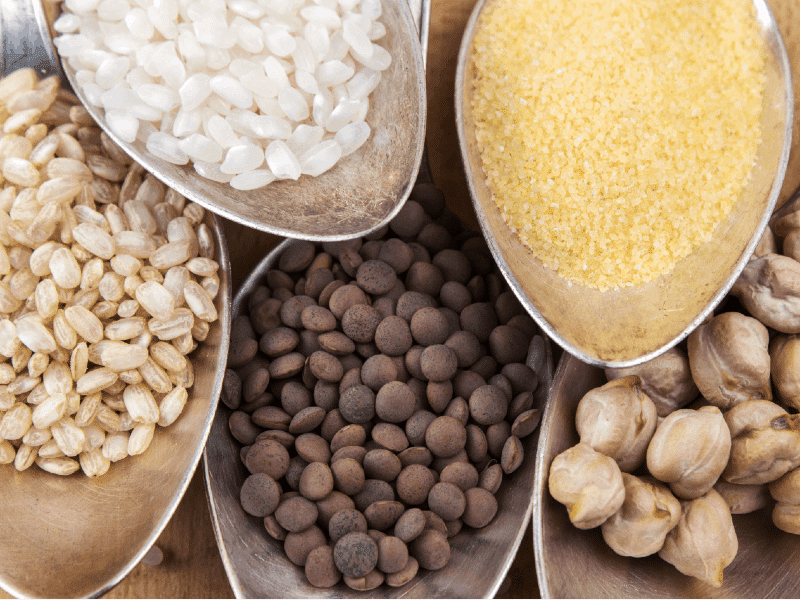
1 – Buy the lentils. And the rice cooker. I don’t need to tell you that do I? You can probably get them out of the cupboard without instructions too. Sorry, I’ll move on.
2 – Rinse the lentils. Give them a really good rinse in a bowl, stir them around with your hand to wash off as much of the natural ‘dust’ as you can, and drain them off, preferably using a sieve. Repeat this several times until the water is pretty clear. This will reduce the frothiness you can get with lentils when cooked.
3 – If you’re using the more wholesome lentils you can leave them to soak if you want to give them a head start in cooking, or you can cook them for a little longer.
4 – Put the lentils in the rice cooker with fresh water in the ratio of 2 cups of water to 1 cup of lentils. This will vary slightly depending on the types of lentil and how you like yours cooked. Drier and firmer for a side dish or made into burgers, more sauce-like for dal and even liquid for soups. With practice, you’ll get it just right. But doubling the amount of water to lentils is a good starting point.
5 – Before cooking, you can also add some flavors to your dish. Maybe stock, herbs, spices. Some garlic or onion perhaps.
6 – Lid on and switch on. Set the timer. You will aim to cook for around 40 minutes. That’s again a good starting point. You need to stir the lentils halfway through cooking anyway, and that gives you a chance to see how it’s getting on. They may end being ready earlier or need some more time.
Top Tips
Each time you try a new recipe or new type of lentil and get the cooking times and water ratio spot on it’s a good idea to make a note of what you did and keep it for next time. Trial and error is only fun so many times.
I like vegetable stock with mine so I melt a stock cube into a little hot water and include that in the water I put into the rice cooker with the lentils.
Quinoa is a good addition to the mix. That’s got you thinking, hasn’t it?
Remember the bag of lentils in the cupboard when you’ve been away and don’t have anything fresh in the house to cook. So easy to cook up a proper meal that’s yummy and good for you.
You May Also Like: How to Cook Quinoa in Aroma Rice Cooker
And Finally…
So there we just about have it, that’s how to cook lentils in a rice cooker. As easy as can be… as delicious as anything… and as healthy as it gets… packed full of loads of nutritious things… and nothing bad to feel guilty about.
All you need now are some great recipes and some imagination. You can try some old favorites or ones you’ve never tried, and come up with something totally original from your own mind.



